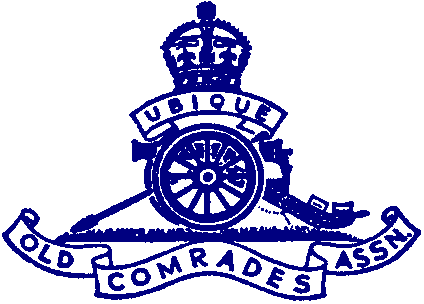 |
The Gun |
 |
| The term 'shrapnel' was often wrongly used during and after World War 2 to describe shell splinters or fragments. In all shrapnel projectiles lead balls were the killers. Case shot was very effective against troops in the open, but only up to about 300 metres. A weapon to produce a similar effect at greater ranges was therefore highly desirable. To this end in 1784 Lieutenant Henry Shrapnel RA (1761-1842) invented what he called 'spherical case', the original version of which was a common shell with a filling of musket balls and powder. Note that the bursting charge was sufficient merely to break open the shell; the musket balls relied for their killing power solely on the velocity imparted to them by the remaining velocity of the shell at the point of burst. Probably because he was only a Lieutenant when he invented spherical case, the authorities did not deem it worthy of development. However, in 1803, by which time he had risen to the rank of Major, they were prepared to put it into production. Shrapnel proved quite successful during the Napoleonic wars; the French had no answer to it. In 1814 Shrapnel was given a pension of 1200 pounds a year for life for his service to the Crown.
Despite its success the original projectile suffered prematures caused by ignition of the burster brought about by friction with the balls. In 1849 Colonel EM Boxer RA put the burster in a separate metal container while at the same time fitting a wooden bottom to the shell to protect the fuze. In a second modification in 1853 he separated balls and bursting charge by a diaphragm, a principle employed in later cylindrical projectiles. In 1852, ten years after Shrapnel's death, his family petitioned the Government to have spherical case re-designated 'shrapnel', and were successful.
The field guns in use during the decade preceding World War 1 fired only shrapnel. However, its failure to deal effectively with barbed wire entanglements, its high cost of production, plus the time taken to train officers how to employ it, led in 1915 to the introduction of high explosive (HE) for QF 13 and 18-prs. Shrapnel was officially declared obsolete in the British service in 1935, but continued to be used in obsolete ordnance, eg 18-prs Mk 1 and 2 still in use in New Zealand until 1941.
WL Ruffell |
previous | index | next |
History Home Page | Old Comrades' Home Page
Send suggestions or comments to the Webmaster
Page last updated: December 7, 1998